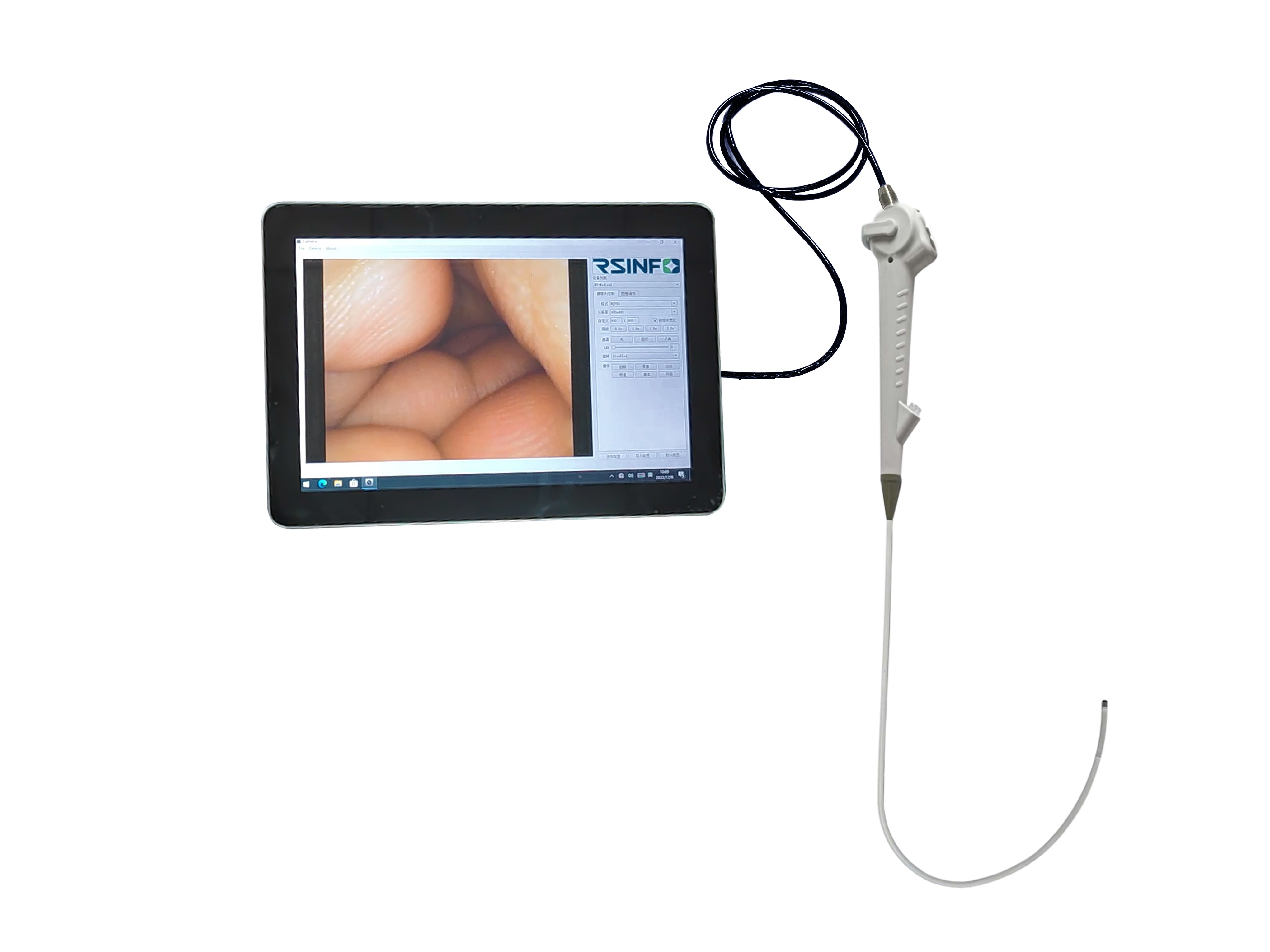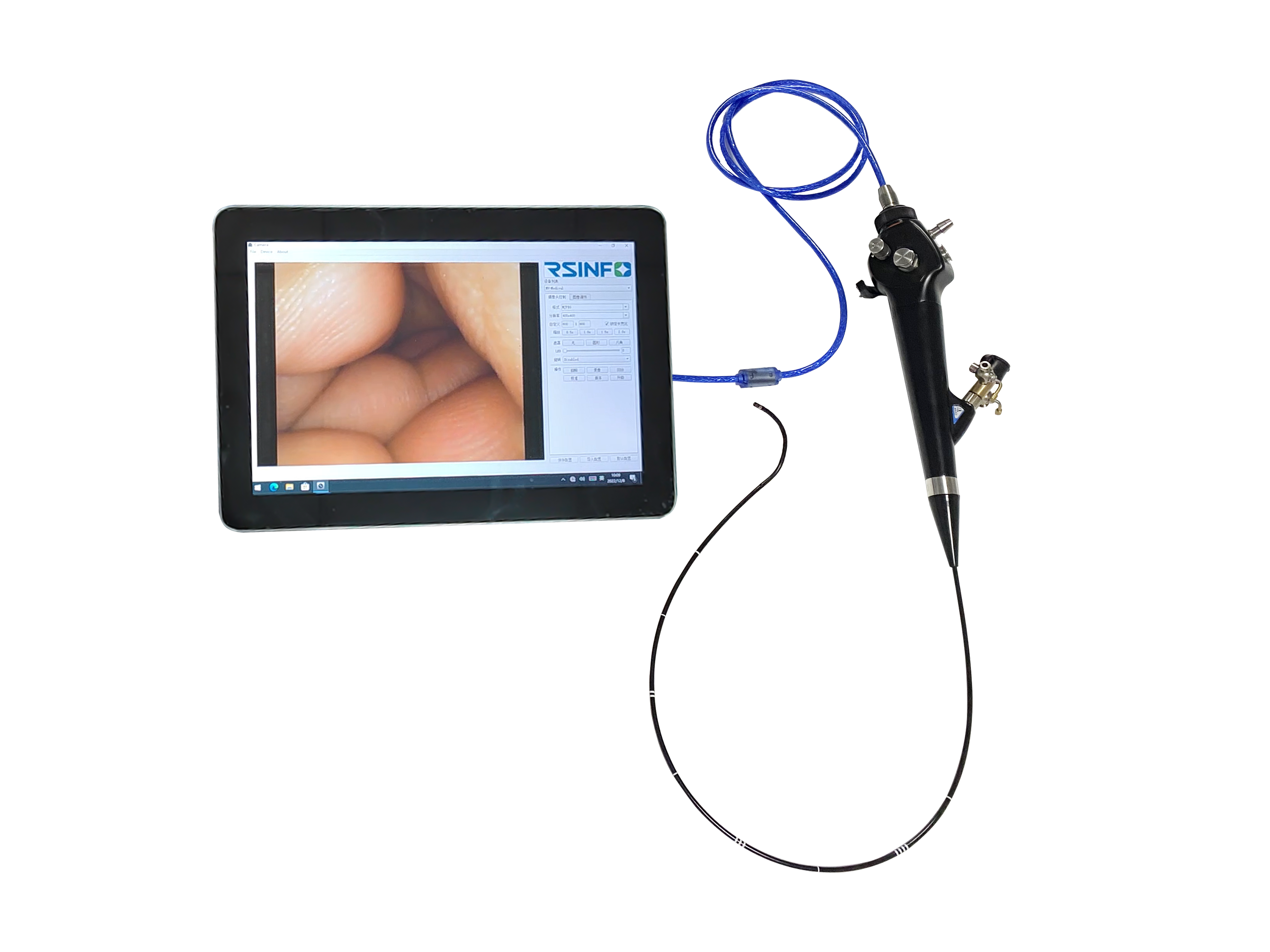Advancements in medical technology have revolutionized the way veterinarians diagnose and treat various illnesses and conditions in animals. One such innovation is the use of endoscopes, which are instrumental in improving the accuracy and efficiency of veterinary diagnostics and procedures. In this blog, we will delve into the importance of endoscopes for animals, with a focus on a specific type called ureteroscopes, and how they have transformed veterinary medicine.
What are Endoscopes and How are They Used?
Endoscopes are medical devices that consist of a thin, flexible tube with a light and a camera at the end. They enable veterinarians to examine the internal organs of animals without the need for invasive surgery. Through small incisions or natural body openings, an endoscope is inserted to capture real-time images of the organs, aiding in diagnosis, monitoring, and treatment implementation.
Endoscope for Animals: The Game Changer
1. Diagnosing Gastrointestinal Disorders:
One area where endoscopes have proven particularly useful in veterinary medicine is the diagnosis of gastrointestinal disorders. By inserting an endoscope through a small incision or via the mouth or anus, veterinarians can visualize the esophagus, stomach, and intestines with great precision. This allows for the identification of abnormalities such as ulcers, polyps, and inflammatory bowel disease. The ability to directly visualize these internal organs enhances accuracy in diagnosis and helps veterinarians tailor appropriate treatment plans.
2. Retrieval of Foreign Objects:
Pets, especially dogs, are notorious for ingesting foreign objects accidentally. Previously, surgical intervention was often the only solution to retrieve these objects from the gastrointestinal tract. With the help of endoscopes, veterinarians can now navigate the tight and winding structures, such as the intestines, and remove foreign bodies non-invasively. This minimizes patient discomfort, shortens recovery time, and avoids more extensive surgeries.
The Ureteroscope: A Specialist Endoscope for Animals
While endoscopy has made remarkable strides in various veterinary procedures, it is crucial to highlight the significance of a subtype called the ureteroscope. Ureteroscopes are specifically designed to visualize and treat conditions that affect the urinary system in animals. This includes examining the ureters, bladder, and even the kidney.
1. Diagnosis and Intervention for Urolithiasis:
Urolithiasis, the formation of urinary stones, is a common condition in both cats and dogs. Ureteroscopes enable veterinarians to directly visualize the urinary system. This not only aids in diagnosing the presence and location of stones but also allows for non-surgical interventions such as laser lithotripsy. By fragmenting the stones into smaller, passable pieces, this minimally invasive technique prevents the need for invasive surgeries and promotes speedy recovery.
2. Treating Ureteral Obstructions:
Ureteral obstructions occur when there is a blockage in the pathway between the kidneys and the bladder. Ureteroscopes are invaluable tools in identifying the cause of these obstructions, whether it be tumors, strictures, or other abnormal growths. Additionally, ureteroscopes can be used to remove or dilate these obstructions, restoring normal urinary flow and preventing potential kidney damage.
Conclusion:
Endoscopes, with their multifunctional capabilities, have revolutionized veterinary medicine by providing invaluable insights into the internal structures of animals. From diagnosing gastrointestinal disorders to treating urological conditions, endoscopes have improved accuracy, reduced invasiveness, and facilitated faster recoveries. Within the realm of urinary health, ureteroscopes have emerged as specialized tools, playing a crucial role in visualizing, diagnosing, and treating various conditions affecting animals’ urinary systems. As technology continues to advance, we can expect even more exciting possibilities in veterinary medicine, ensuring better care for our beloved animal companions.
Post time: Jul-03-2023





